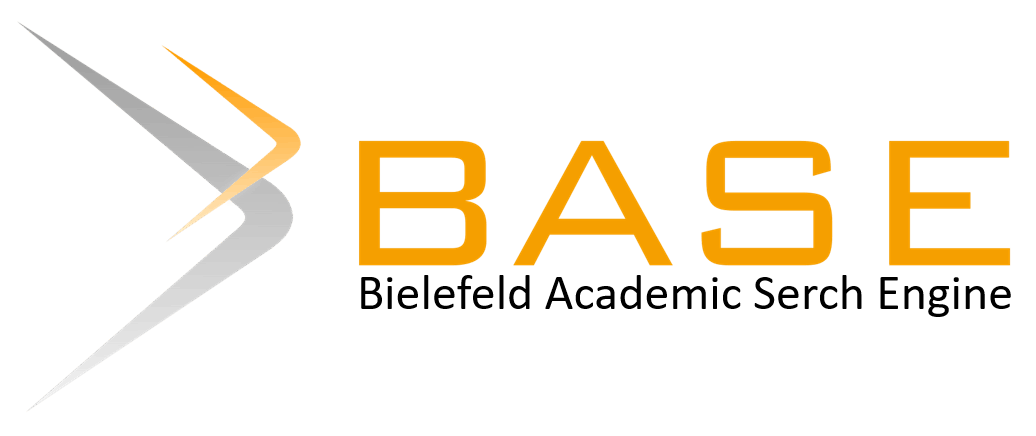Penggunaan POE-inqury melalui blended learning terhadap hasil belajar siswa pada pembelajaran materi sistem respirasi
Abstract
Keywords
Full Text:
PDFReferences
Creswell, J. (2015). Riset Pendidikan: Perencanaan, Pelaksanaan, dan Evaluasi Riset Kualitatif dan Kuantitatif. Yogyakarta: Pustaka Pelajar.
Destiani, D. A. (2019). Pengaruh Blended Learning Berbasis Peoe Terhadap Penguasaan Konsep Dan Respon Siswa SMA Pada Materi Sistem Ekskresi. 36–37.
Dewi, S. P., & Widodo, A. (2016). Analisis Konsepsi Siswa dalam Materi Sistem Respirasi. Jurnal Pendidikan Biologi, 361–368.
Duran, M., & Dökme, I. (2016). The effect of the inquiry-based learning approach on student’s critical-thinking skills. Eurasia Journal of Mathematics, Science and Technology Education, 12(12), 2887–2908. https://doi.org/10.12973/eurasia.2016.02311a.
FIP-UPI, T. P. I. P. (2007). Ilmu dan Aplikasi Pendidikan (P. I. B. Utama (ed.)). Bandung.
Fraenkel, J. R., & Wallen, N. E. (2008). How to Design and Evaluate Research in Education. New York: McGraw-Hill.
Hake, R. R. (1999). Analyzing Change/Gain Scores. Dept. of Physics, Indiana University.
Hamad, M. M. (2015). Blended Learning Outcome vs . Traditional Learning Outcome. International Journal on Studies in English Language and Literature (IJSELL), 3(4). https://doi.org/2347-3134.
Hong, J. C., Hwang, M. Y., Liu, M. C., Ho, H. Y., & Chen, Y. L. (2014). Using a “prediction-observation-explanation” inquiry model to enhance student interest and intention to continue science learning predicted by their Internet cognitive failure. Computers and Education, 72, 110–120. https://doi.org/10.1016/j.compedu.2013.10.004.
Hong, J. C., Hwang, M. Y., Tai, K. H., & Tsai, C. R. (2017). An Exploration of Students’ Science Learning Interest Related to Their Cognitive Anxiety, Cognitive Load, Self-Confidence and Learning Progress Using Inquiry-Based Learning With an iPad. Research in Science Education, 47(6), 1193–1212. https://doi.org/10.1007/s11165-016-9541-y.
Hsiao, H. S., Chen, J. C., Hong, J. C., Chen, P. H., Lu, C. C., & Chen, S. Y. (2017). A five-stage prediction-observation-explanation inquiry-based learning model to improve students’ learning performance in science courses. Eurasia Journal of Mathematics, Science and Technology Education, 13(7), 3393–3416. https://doi.org/10.12973/eurasia.2017.00735a.
Khoiroh, N. (2017). Pengaruh Model Pembelajaran Blended Learning dan Motivasi Belajar terhadap Hasil Belajar Siswa. Universitas Negeri Surabaya, 97–110.
Kuantarto, E., & Asyhar, R. (2016). Pengembangan Model Pembelajaran Blended Learning pada Aspek Learning Design Dengan Platform Media Sosial Online Sebagai Pendukung Perkuliahan Mahasiswa. Repository Universitas Jambi, 1–26. https://repository.unja.ac.id/id/eprint/626%0A.
Moiseienko, N. V., & Ozarko, I. I. (2019). Using mobile technology in learning english language. Вестник педагогики: наука и практика, (49), 82-84.
Muciaccia, M., & Amendola, D. (2017). Blended learning environments and active learning : an exploratory study in high school. Conference proceeding EMEMITALIA2017.
Nurhayati, D., Az-zahra, H. M., & Herlambang, A. D. (2019). Evaluasi User Experience Pada Edmodo Dan Google Classroom Menggunakan Technique for User Experience Evaluation in E-Learning ( TUXEL ) ( Studi Pada SMKN 5 Malang ). 3(4), 3771–3780.
Owston, R., York, D., & Murtha, S. (2013). Internet and Higher Education Student perceptions and achievement in a university blended learning strategic initiative. The Internet and Higher Education, 1–9. https://doi.org/10.1016/j.iheduc.2012.12.003.
Pegg, J. M. (2006). Developing Explanations: Student Reasoning about Science Concepts during Claims- Evidence Inquiry Lessons. (Thesis).
Purwanto, M. N. (2008). Prinsip-prinsip dan Teknik Evaluasi Pengajaran. Bandung: PT. Remaja Rosdakarya.
Sani, Y., Sari, N. F., & Harahap, R. D. (2014). Analisis Kesulitan Belajar Siswa Pada Materi Biologi di Kelas XI SMA Muhammadiyah 10 Rantauprapat 13. Program Studi Pendidikan Biologi STKIP Labuhanbatu, 1(3), 13–20.
Sinar. (2018). Metode Active Learning. Yogyakarta: Deepublish.
Talebian, S., Mohammadi, H. M., & Rezvanfar, A. (2014). Information and Communication Technology (ICT) in Higher Education: Advantages, Disadvantages, Conveniences and Limitations of Applying E-learning to Agricultural Students in Iran. Procedia - Social and Behavioral Sciences, 152, 300–305. https://doi.org/10.1016/j.sbspro.2014.09.199.
DOI: https://doi.org/10.17509/aijbe.v4i1.34826
Refbacks
- There are currently no refbacks.
 AIJBE is under Creative Commons Attribution-ShareAlike 4.0 International License
AIJBE is under Creative Commons Attribution-ShareAlike 4.0 International License









